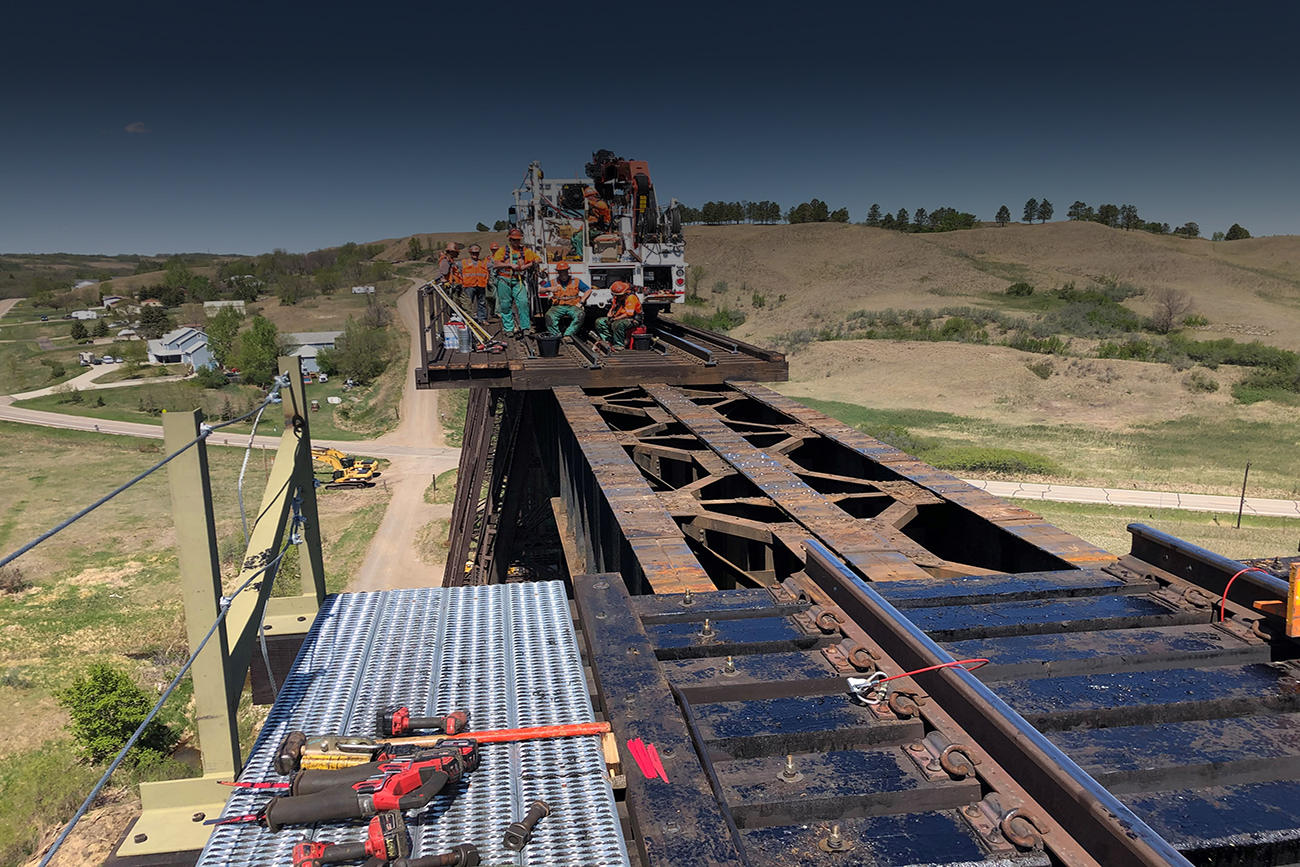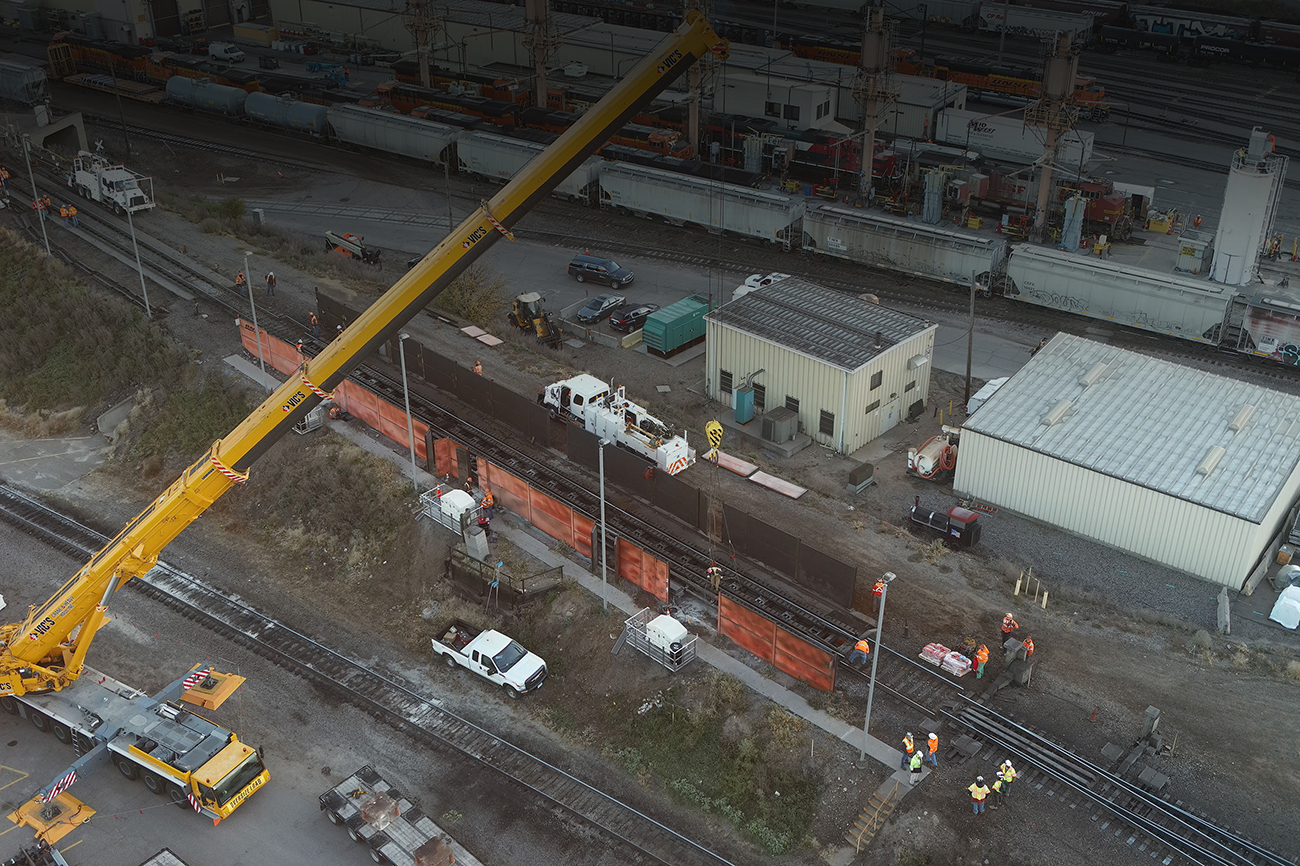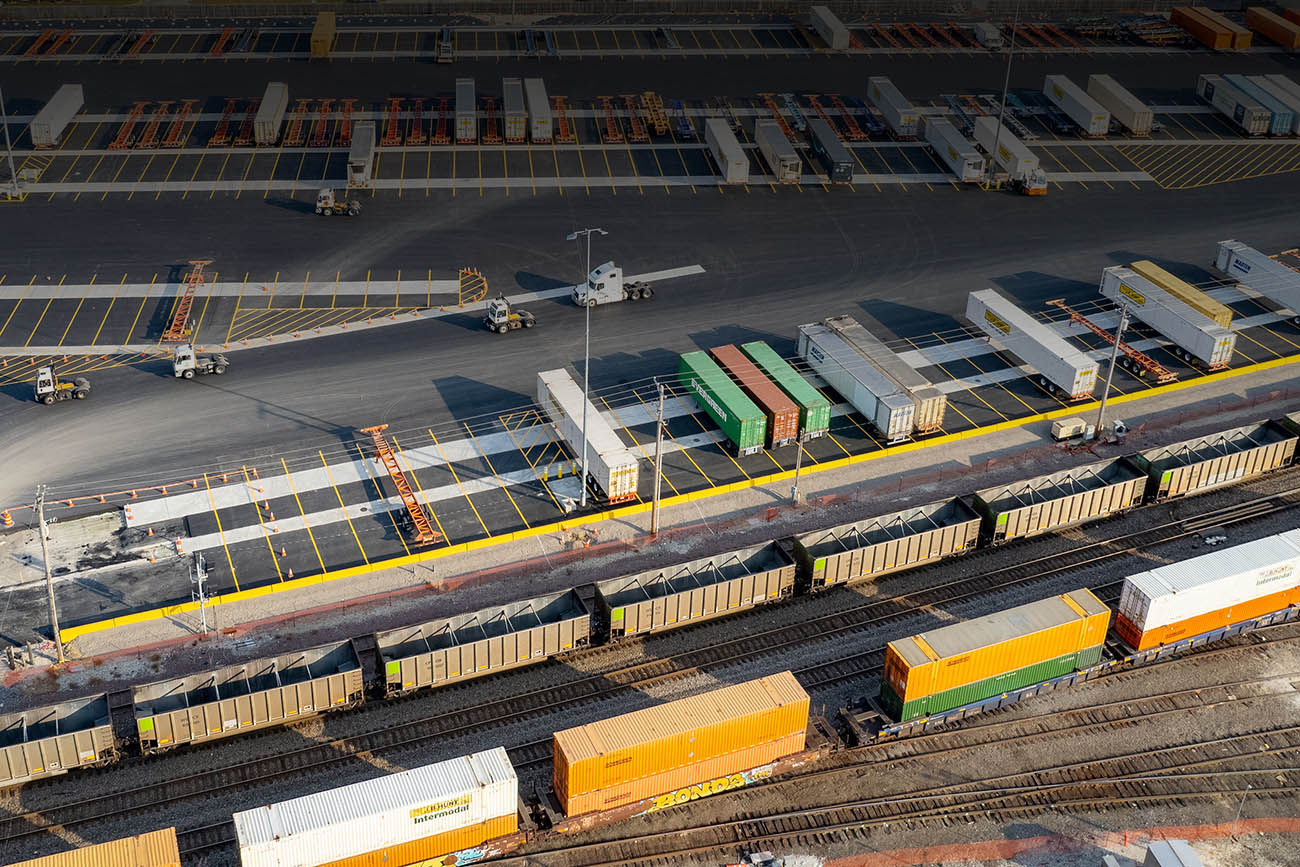Why Barstow International Gateway is a BIG deal

Transportation has long been part of the story of Barstow, California, located in the southern portion of the state in the Mojave Desert.
The settlement began along the Mormon Corridor as freight wagons and animals followed the course of the Mojave River. When miners arrived following discovery of silver, railroads were constructed, with BNSF predecessor Santa Fe Railway arriving in 1886. It was then called Waterman Junction because steam locomotives were watered here.
The city was not long after named Barstow for Santa Fe President William Barstow Strong. For more than 140 years, BNSF has operated a railyard here, most recently as a classification yard.
Rail isn’t the only piece of Barstow’s narrative. The city is also well connected to freeway systems. At one time it was an important stop on Route 66.
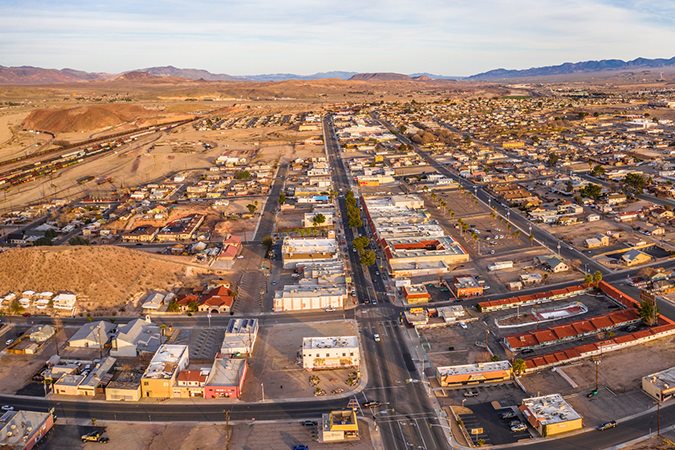
And now, Barstow’s role in transportation is about to get really BIG – as in BNSF’s Barstow International Gateway (BIG), plans for which were announced Oct. 1, coinciding with the 75th anniversary of Barstow’s incorporation as a city.
The 4,500-acre, $1.5 billion facility will be the first of its type in North America. The new integrated rail facility will be on the west side of Barstow, consisting of a railyard, intermodal facility and warehouses for transloading freight from smaller international containers to larger domestic containers.
BIG will optimize BNSF’s rail and distribution efficiency regionally and across the U.S. supply chain. It will also reduce truck traffic and freeway congestion in the Los Angeles Basin and the Inland Empire. A timetable for the project will depend on permitting studies that are underway now.
“It’s good for communities because in addition to reducing port and highway congestion around the Ports of Los Angeles and Long Beach, the facility will create 20,000 direct and indirect jobs,” Lena Kent, general director, Public Affairs, said. “It is being fully funded by BNSF and will not replace or become an extension of our existing Barstow Yard.”
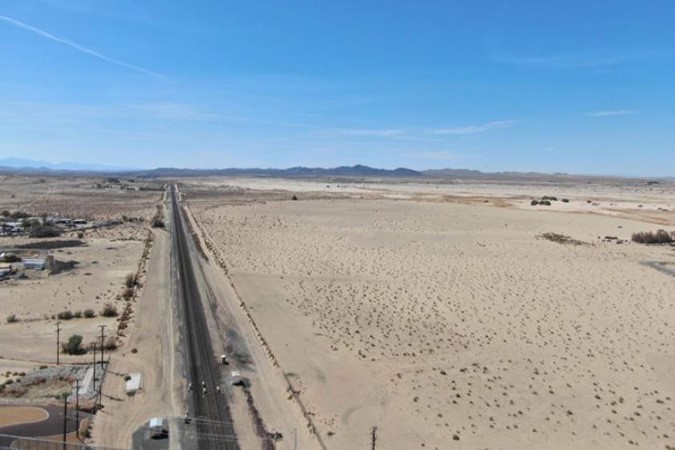
Currently when 40-foot international containers come off ships at the Los Angeles and Long Beach ports, there are two ways they are moved inland. First, they may dwell on-dock until there are enough containers to build an 8,000-foot-long train, and then they travel directly to their destination by way of the Alameda Corridor, the 20-mile rail “expressway” that connects the ports with transcontinental mainlines.
Or the containers are moved via truck to nearby warehouses. Here the container contents are unloaded, sorted and reloaded into 53-foot containers. These are either trucked to a railyard in Los Angeles and are transferred onto trains or they are trucked across country.
BIG will allow the direct transfer of containers from ships at the Ports of Los Angeles and Long Beach to trains headed to BNSF’s mainline up to Barstow, about 130 miles away, also via the Alameda Corridor.
Barstow’s location is ideal because it connects Northern and Southern California to our Southern Transcon, our most efficient way to deliver goods into the interior U.S. to places like Chicago, Kansas City, Memphis, Tennessee, and Alliance, Texas.

Once the loaded containers reach BIG, they will be processed using zero- and near-zero emission cargo-handling equipment, and then staged and built into trains moving east on our network.
“BIG will consolidate many of the handoffs and transitions that add inefficiencies throughout the supply chain by bringing them into one simplified and integrated ecosystem,” Jon Gabriel, vice president, Service Design & Capacity Planning, explained. “This will play a critical role in improving the consistency of our intermodal product and fluidity across our rail network. By moving containers off the ports quicker while improving the efficiency at our existing intermodal hubs, including those in the Midwest and Texas, we’ll improve, simplify and add flexibility to the BNSF intermodal service experience.”
The impact for customers is going to be big – big capacity, big efficiency and big in terms of a more environmentally sustainable solution, Tom Williams, group vice president, Consumer Products, said.
“Because BIG is going to have both a switching yard as well as an intermodal facility, the former will allow for more efficient consolidation of import traffic coming from the ports that doesn't need to be unloaded or transloaded for movement into the interior,” he said. “The latter, the intermodal yard, is going to allow short-haul intermodal containers coming in to be loaded into 53-foot containers to go into the domestic intermodal markets. So, it’s going to serve two independent purposes for supply chains that use intermodal.”

And because customers will have more capacity to use intermodal within their supply chains, that impact is going to be good for the environment.
“BIG is a catalyst for a more sustainable freight system,” John Lovenburg, vice president, Environmental & Sustainability, said. “It’s going to enable our customers to move more of their containers and trailers right on trains to the facility rather than going by truck to transload facilities. The net result: fewer emissions and less congestion, which benefits our customers and the communities where we operate.”
Ultimately, BIG will be a big deal for everyone, even if they don’t yet know it.
“This facility is going to create more capacity for the most efficient way to move cargo from the ocean ports in Southern California to inland destinations,” Williams added. “Ultimately, because BIG will be good for cost effectiveness of the supply chain, it is good for the American consumer.”
